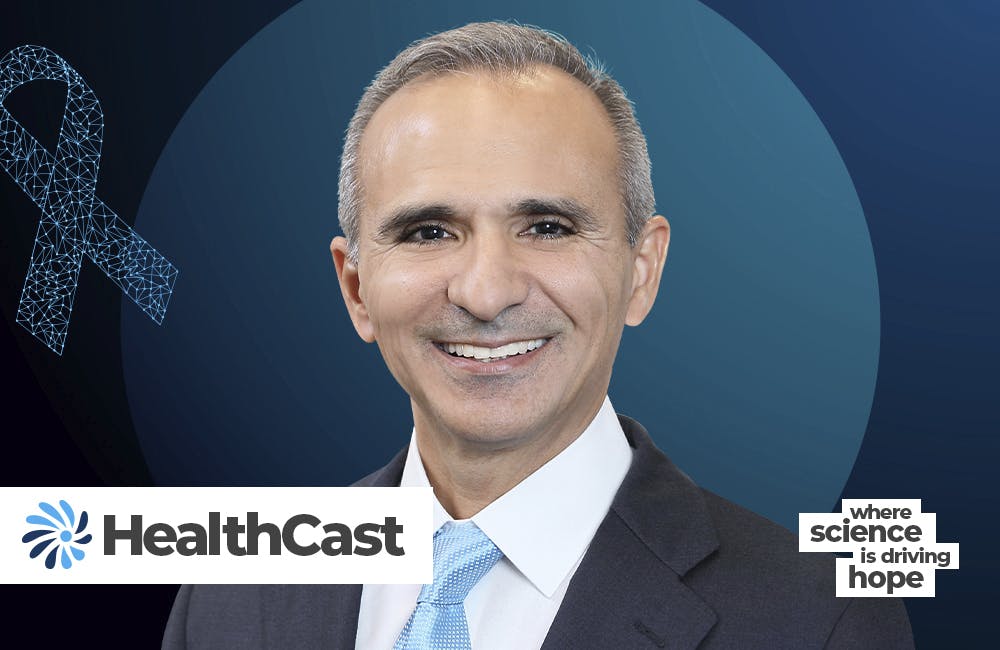Women Technologists Highlight Workforce Impacts in FDA IT Plan
Tech leaders tackle amplifying women in the workforce as the agency works toward its two-year IT modernization plan.

Women technologists from the Food and Drug Administration’s Office of Digital Transformation discussed the importance of professional development for cybersecurity skills and a “people-first” workforce model as part of the agency’s two-year IT plan it released earlier this year.
“Our cybersecurity workforce is our No. 1 investment,” said Kristen Wayne, a supervisory IT specialist at the office, during its Women in Innovation Summit last week. “Our vision is a highly-skilled cyber workforce that leverages state-of-the-art technologies and advanced processes to address the challenges of the evolving threat landscape.”
Office leadership said that leadership roles for women are critical for the agency. Executive Officer Jessica Berrellez said that the role of women is increasingly important as the office looks to leverage technology to drive change.
“Now more than ever, it’s imperative for women to lead as we grapple with new questions related to AI and data bias and ethics and center equity in our collective discussions around how emerging technologies will shape our world,” Berrellez said.
The office, according to the summit speakers, is changing its use of data for mission delivery. Supervisory IT Specialist Meghan Mariman said the FDA has begun using data analytics as a service (DAaS) to better understand the infant formula shortage in 2022 and to meet future FDA goals. Mariman said FDA required data from commercial firms, as well as production data from manufacturers. This led to the switch from a commercial software engineering platform to DAaS in a short period of time.
“We had to quickly transfer 200 gigabytes of historical data and metadata to the precision FDA high computing environment and then begin to replicate all the priority reports that the food program uses to inform internal and external stakeholders to include the Executive Office of the President,” Mariman said.
In addition to DAaS, FDA continues to work toward its data center modernization project. Supervisory IT Specialist Kelemework Yimam said modernization is “a necessity in today’s dynamic technological landscape.”
“The progressively aging systems in the FDA data center has constrained the agency’s business capabilities to embrace enterprise risk to operations,” Yimam said.
Yimam described the centers’ data migration, allowing on-site data to be moved to the cloud, versus the previous use of on-premise storage. FDA data centers have upgraded storage systems and now have data backups on cloud servers.
“As a result, data recovery now takes just hours, a significant improvement from the previous multiple-day process. Additionally, in the event of a major data center recovery, the process will be completed in just half of the time,” Yimam said.
This is a carousel with manually rotating slides. Use Next and Previous buttons to navigate or jump to a slide with the slide dots
-

Agencies Meet Key AI Goals Amid Call for More Experimentation
Federal leaders call for prioritizing artificial intelligence and its applications to critical cybersecurity and workforce initiatives.
7m read -

NCI Program Unlocks Emerging Proteomic Data to Advance Precision Medicine
Researchers say sharing molecular cancer research data can expand cancer treatment and care.
32m listen -

DOD Has a New Cyber Resiliency Assessment Program
Defense officials tout the continuous assessment feature and scalability of the new program amid increased cyber threats.
5m read -

Cyber Resilience and Recovery Amid Evolving Cyber Threats
Data durability is a key aspect of NIST’s cybersecurity framework for public and private organizations.
21m listen








